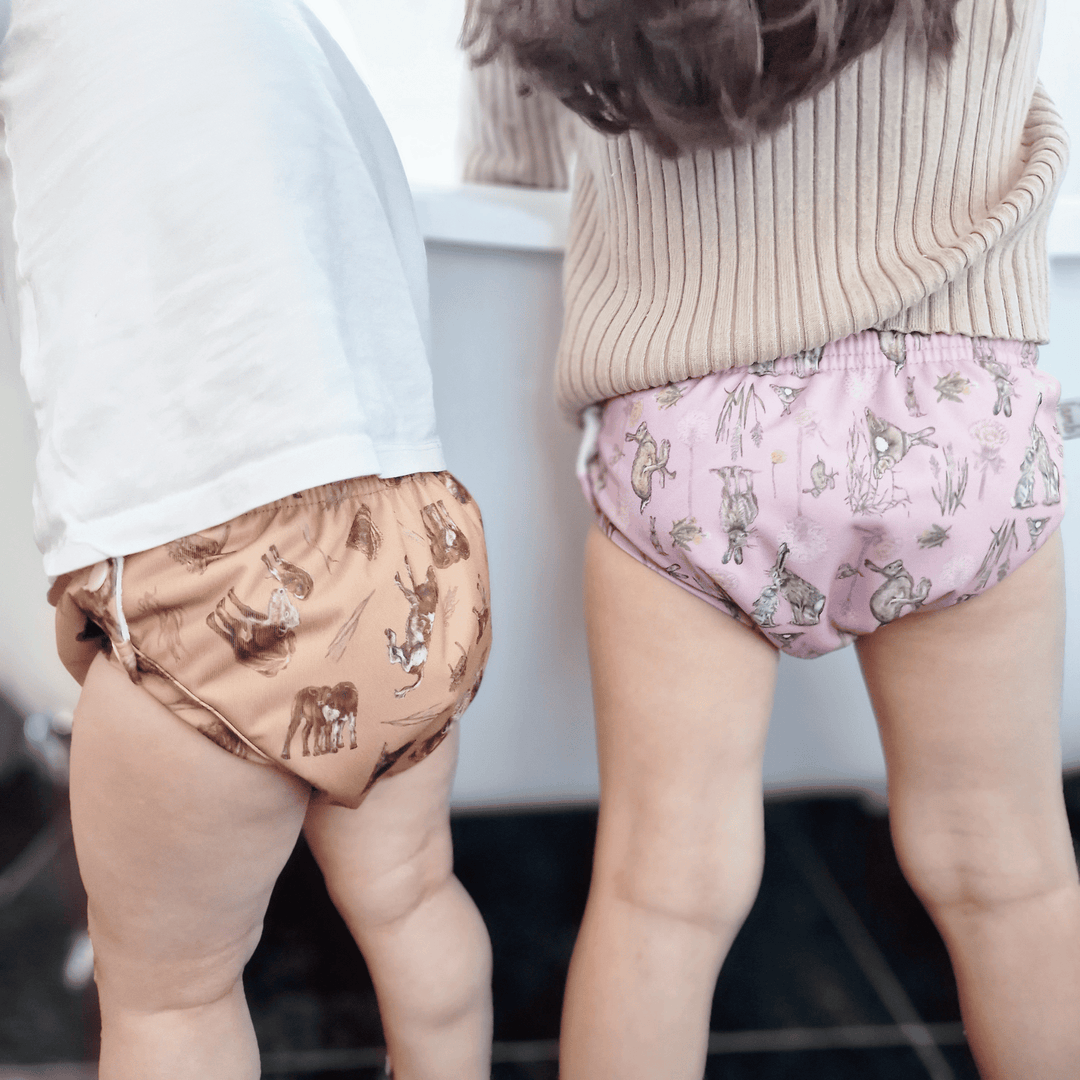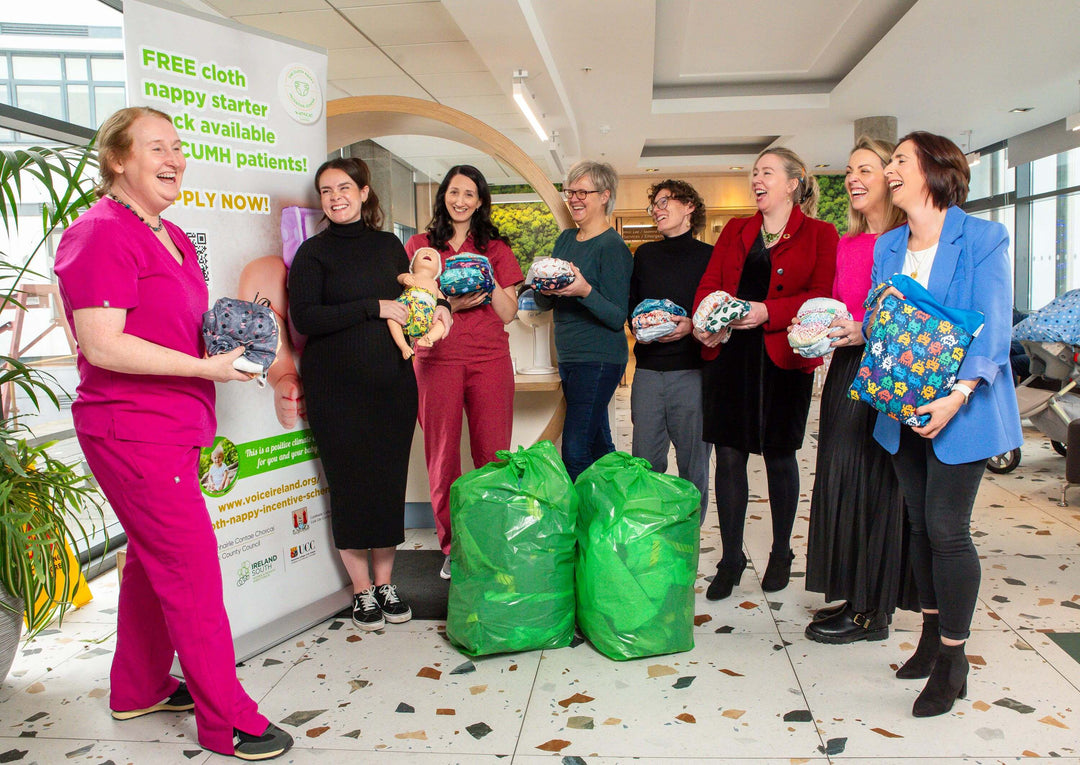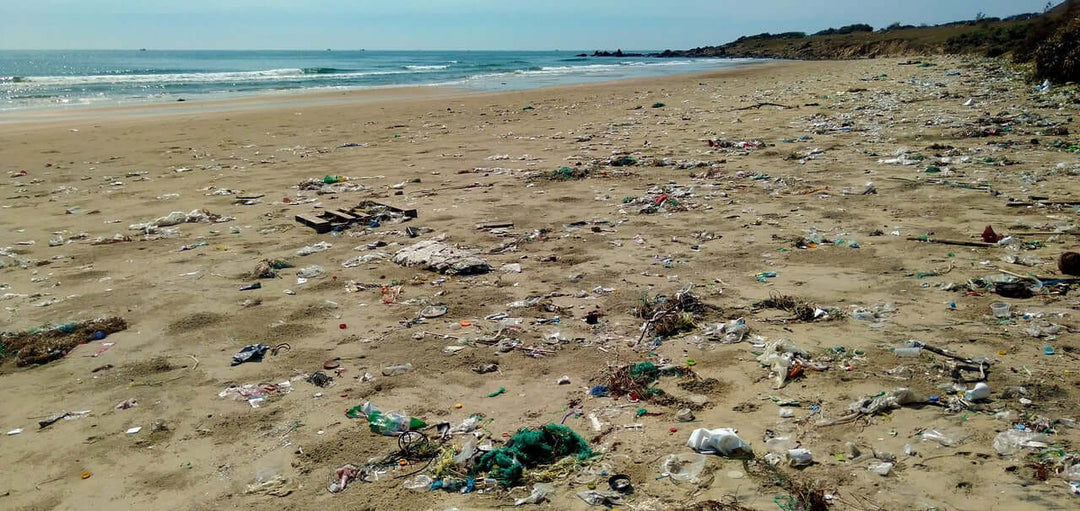Sustainable Nappies - Reducing Carbon Footprint and Saving Costs
Every day, a staggering 8 million single-use nappies meet their fate in the United Kingdom and an estimated 1 million are disposed in Ireland. Sadly, the vast majority of these disposable nappies find their final resting place in either incineration facilities or expansive landfills. As a result, a growing number of UK & Irish parents are turning to reusable nappy alternatives, seeking both economic savings and a reduced environmental footprint.
The adoption of reusable nappies can yield a remarkable 40% decrease in carbon emissions. This impressive reduction hinges on the careful washing and drying of reusable nappies at lower temperatures and the avoidance of tumble dryers. Such conscientious choices make a substantial difference in lowering carbon emissions compared to the use of disposable counterparts.
Reusable nappies prove their worth when you consider that instead of cycling through a staggering 5,000 disposable nappies until a child achieves toilet training, a mere 20-25 reusable nappies can suffice. Moreover, with proper maintenance of cloth nappy collections, they can serve subsequent generations, resulting in a further reduction of overall greenhouse gas emissions.
Disposable nappies, in contrast, take a disheartening 500 years minimum to decompose fully. These single-use nappies represent approximately 8% of Ireland's annual waste disposal volume. Once deposited in landfills, they linger for centuries, emitting various greenhouse gases throughout their slow degradation. The incineration of these nappies also contributes to significant air pollution.
Even what is marketed as eco-friendly, biodegradable nappy options in today's market still require many years to break down. Manufacturers may claim a mere four years for decomposition, but the reality often proves to be much longer. When these supposedly "greener" nappies wind up in our landfills, they become compacted beneath layers of refuse, resulting in insufficient oxygen for timely decomposition.
The most sustainable path is to minimise nappy waste generation from the outset. Whether disposable nappies endure for centuries in landfills or undergo incineration, the bulk of their environmental impact and water usage emerges during their production. The sobering reality is that 5,000 nappies amount to 457kg of carbon emissions per child, with the majority originating from manufacturing rather than decomposition. Conversely, the use of washable nappies can curtail this carbon output to approximately 344.5kg per child, with the principal CO2 emissions tied to the diaper laundering process.
By continually reusing nappies for successive children and employing energy-efficient washing machines, one can consistently maintain this lower carbon footprint over their nappy journey. In cases where individuals enjoy the benefits of a 100% renewable energy plan or possess solar panels, their environmental impact diminishes even further.
Are biodegradable nappies genuinely biodegradable? The unequivocal answer is no, at least not at present. Certain elements of these, including the tabs and elastic cuffs around the legs and waist, consist of plastics. Additionally, absorbent gels persist, albeit select eco-conscious diaper brands endeavour to replace them with greener alternatives.
Paradoxically, eco-friendly nappies may inadvertently generate more methane during decomposition compared to their conventional counterparts, unless they find their way to incineration facilities. Methane ranks as a formidable contributor to global warming, and decomposing nappies within landfills stand as a significant source of methane emissions - regardless of their initial construction.
In fact, data from the National Atmospheric Emissions Inventory reveals that eco-friendly nappies decompose at an accelerated rate, releasing methane far more rapidly than conventional nappies, measured in decades rather than centuries.
All of these considerations underscore the superiority of reusable nappies as the premier choice for individuals, their offspring, and our planet. Reduced carbon emissions, diminished methane production, and decreased landfill waste collectively define this environmentally responsible decision.
In a final testament to their sustainability, reusable nappies are designed with reusability in mind. Following a successful transition to potty training, one can either share their nappy collection with another family or generously donate it.




